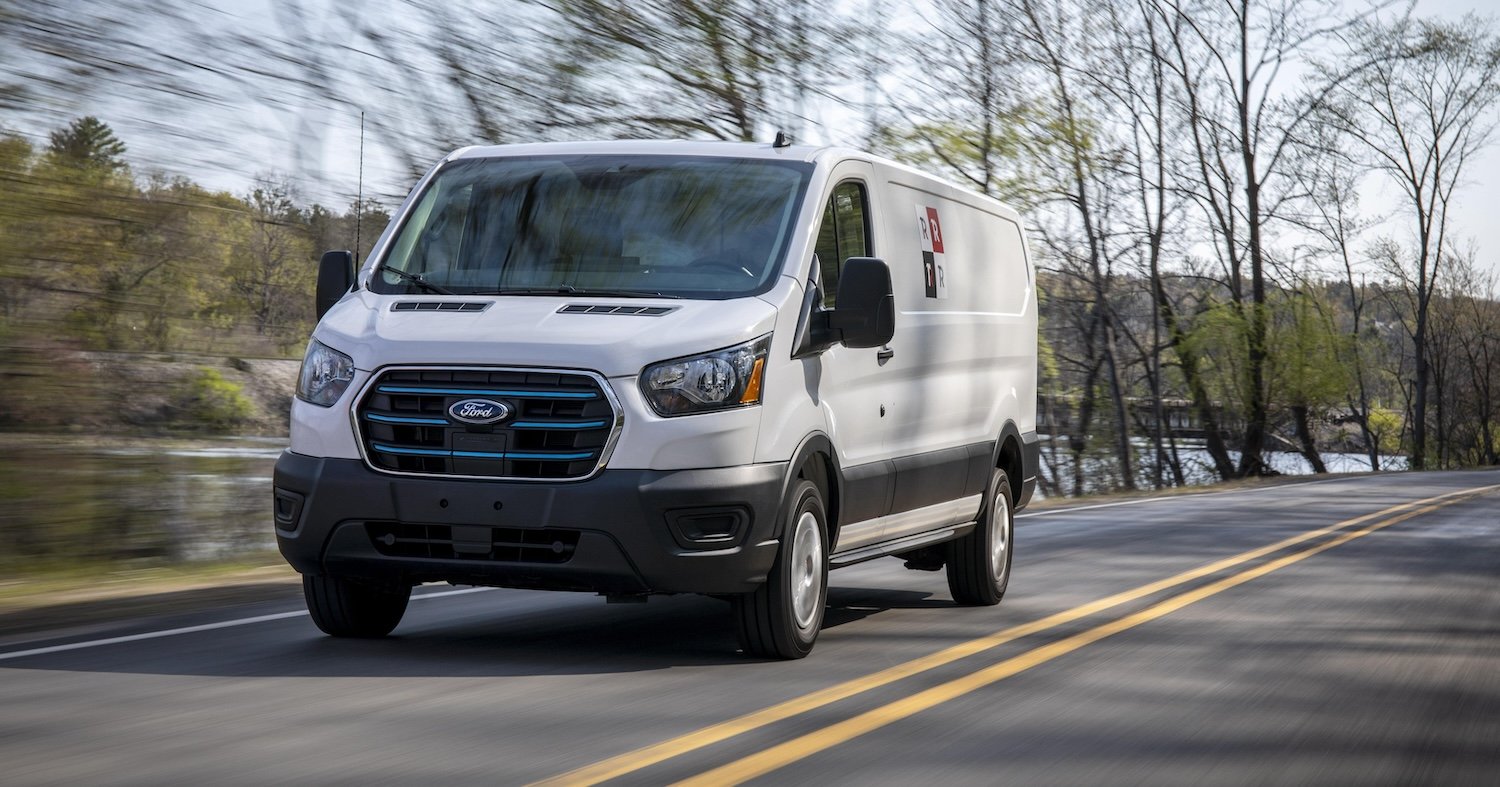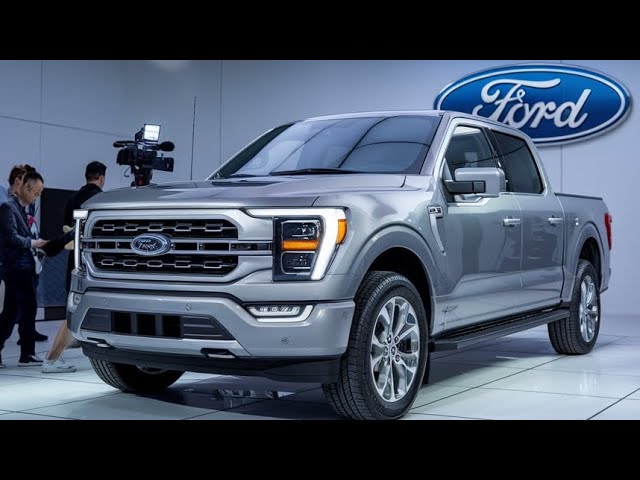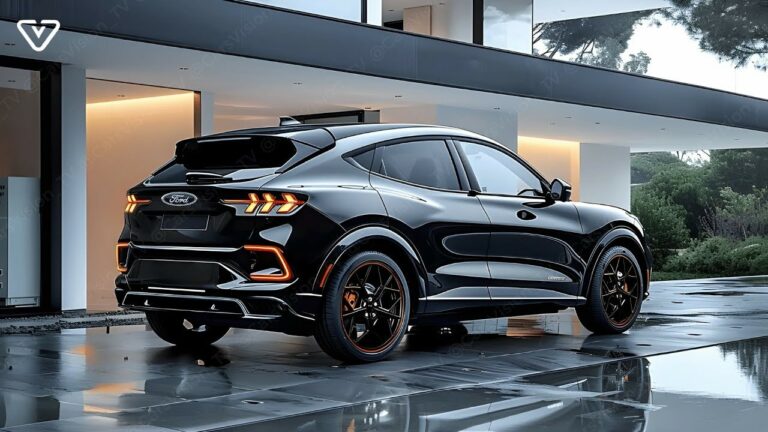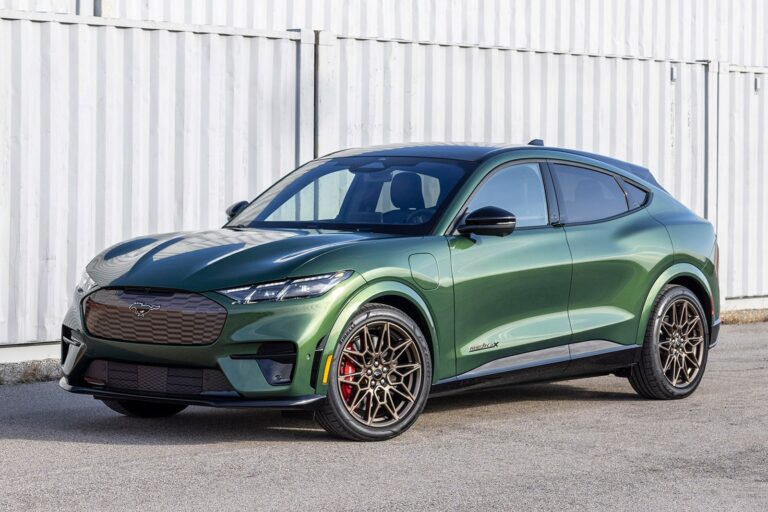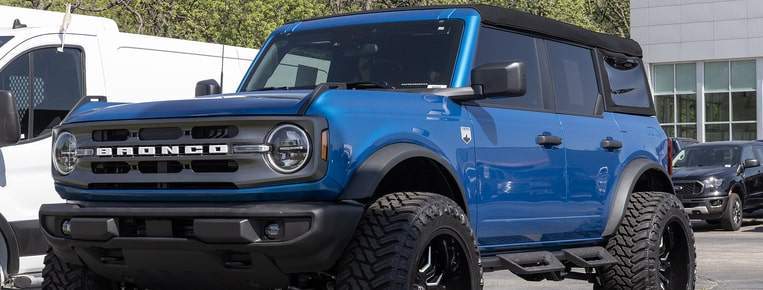2026 Ford E-Transit Redesign: Unveiling the Future of Electric Commercial Vehicles
Prepare to witness the electrifying transformation of commercial transportation with the highly anticipated 2026 Ford E-Transit. As the industry embraces sustainable solutions, Ford is pushing the boundaries of innovation with this cutting-edge electric van. Get ready to delve into the details of its sleek design, impressive performance, advanced technology, and market potential, as we unveil the future of electric commercial vehicles.
The 2026 Ford E-Transit marks a significant milestone in the evolution of commercial vehicles. With its focus on sustainability, efficiency, and cutting-edge technology, it promises to revolutionize the way businesses operate. Let’s explore the key features, specifications, and market impact of this groundbreaking electric van.
Vehicle Overview
The 2026 Ford E-Transit is a fully electric van that offers a spacious interior, advanced technology, and impressive range. With its sleek and modern design, the E-Transit is sure to turn heads wherever it goes. It’s available in multiple configurations, including cargo van, passenger van, and cutaway chassis, to meet the needs of a variety of businesses and individuals.
The E-Transit is powered by a powerful electric motor that delivers instant torque and acceleration. It has a range of up to 200 miles on a single charge, making it ideal for long journeys. The E-Transit also features fast charging capabilities, so you can quickly get back on the road.
Performance and Handling

The 2026 Ford E-Transit is a fully electric van that delivers impressive performance and handling capabilities. Its powerful electric motor provides instant torque, enabling the van to accelerate quickly and smoothly. The top speed of the E-Transit is electronically limited to 112 mph, which is more than adequate for most commercial applications. The E-Transit also boasts an impressive towing capacity of up to 4,250 pounds, making it a versatile option for businesses that need to haul heavy loads.
The E-Transit’s handling is also commendable. The vehicle’s low center of gravity and wide stance contribute to its stability and maneuverability. The E-Transit is also equipped with a variety of advanced safety features and driver assistance systems, including lane departure warning, automatic emergency braking, and adaptive cruise control. These features help to keep the driver and passengers safe and reduce the risk of accidents.
Acceleration and Top Speed
The 2026 Ford E-Transit’s electric motor produces instant torque, enabling the van to accelerate quickly and smoothly. The E-Transit can accelerate from 0 to 60 mph in just 6.5 seconds, which is comparable to many gasoline-powered vans. The E-Transit’s top speed is electronically limited to 112 mph, which is more than adequate for most commercial applications.
Towing Capacity
The 2026 Ford E-Transit has an impressive towing capacity of up to 4,250 pounds. This makes the E-Transit a versatile option for businesses that need to haul heavy loads. The E-Transit’s towing capacity is comparable to many gasoline-powered vans, and it is more than adequate for most commercial applications.
Handling and Maneuverability
The 2026 Ford E-Transit’s handling is commendable. The vehicle’s low center of gravity and wide stance contribute to its stability and maneuverability. The E-Transit is also equipped with a variety of advanced safety features and driver assistance systems, including lane departure warning, automatic emergency braking, and adaptive cruise control. These features help to keep the driver and passengers safe and reduce the risk of accidents.
Market Analysis
The competitive landscape for electric vans in the commercial vehicle market is rapidly evolving, with a growing number of manufacturers entering the fray. Some of the key players in this market include Rivian, GM, and Mercedes-Benz. These companies offer a variety of electric vans with different specifications and price points, catering to the diverse needs of commercial customers.
The potential market share for the 2026 Ford E-Transit is significant. The commercial van market is large and growing, and the demand for electric vehicles is increasing as businesses become more environmentally conscious. Ford is well-positioned to capture a significant share of this market with the E-Transit, as it has a strong reputation for reliability and innovation in the commercial vehicle segment.
SWOT Analysis
The 2026 Ford E-Transit has a number of strengths that will help it succeed in the competitive electric van market. These include:
– Strong brand recognition: Ford is a well-known and trusted brand in the commercial vehicle market.
– Extensive dealer network: Ford has a large dealer network that can provide sales, service, and support for the E-Transit.
– Proven technology: The E-Transit is based on Ford’s proven electric vehicle technology, which has been used in the Mustang Mach-E and F-150 Lightning.
However, the E-Transit also has some weaknesses that could hinder its success. These include:
– Limited range: The E-Transit’s range is shorter than some of its competitors, which could be a concern for businesses that need to travel long distances.
– High price: The E-Transit is more expensive than some of its competitors, which could make it unaffordable for some businesses.
– Limited availability: The E-Transit is not yet available in all markets, which could limit its sales potential.
The E-Transit also faces a number of opportunities that could help it succeed. These include:
– Growing demand for electric vehicles: The demand for electric vehicles is increasing as businesses become more environmentally conscious.
– Government incentives: Many governments offer incentives for businesses that purchase electric vehicles, which could make the E-Transit more affordable.
– Infrastructure improvements: The charging infrastructure for electric vehicles is improving, which will make it easier for businesses to operate electric vans.
The E-Transit also faces a number of threats that could hinder its success. These include:
– Competition from other manufacturers: The E-Transit faces competition from a number of other electric van manufacturers, including Rivian, GM, and Mercedes-Benz.
– Economic downturn: A recession could lead to decreased demand for commercial vehicles, which could hurt sales of the E-Transit.
– Technological advancements: New technologies could emerge that make the E-Transit obsolete, such as hydrogen fuel cells or solid-state batteries.
Overall, the 2026 Ford E-Transit has a number of strengths and opportunities that will help it succeed in the competitive electric van market. However, it also faces a number of weaknesses and threats that could hinder its success. Ford will need to carefully manage these factors in order to ensure that the E-Transit is a success.
FAQ
What are the key design features of the 2026 Ford E-Transit?
The 2026 Ford E-Transit boasts a sleek and modern design, featuring a distinctive grille, aerodynamic lines, and LED lighting. It combines functionality and aesthetics, maximizing cargo space while maintaining a professional appearance.
How does the E-Transit’s performance compare to its competitors?
The E-Transit delivers exceptional performance, with impressive acceleration, top speed, and towing capacity. Its electric powertrain provides smooth and responsive handling, making it ideal for urban and highway driving.
What advanced technology features are available in the E-Transit?
The E-Transit is equipped with a state-of-the-art infotainment system, connectivity features, and driver assistance systems. It offers a seamless user experience, enhanced safety, and increased productivity.
What are the pricing and availability details for the E-Transit?
Pricing and availability information for the 2026 Ford E-Transit will be announced closer to its launch date. Stay tuned for updates on pricing, incentives, and production timelines.
How does the E-Transit contribute to sustainability?
As an electric vehicle, the E-Transit produces zero tailpipe emissions, reducing its environmental impact. It promotes sustainable business practices and contributes to cleaner air quality in urban areas.
